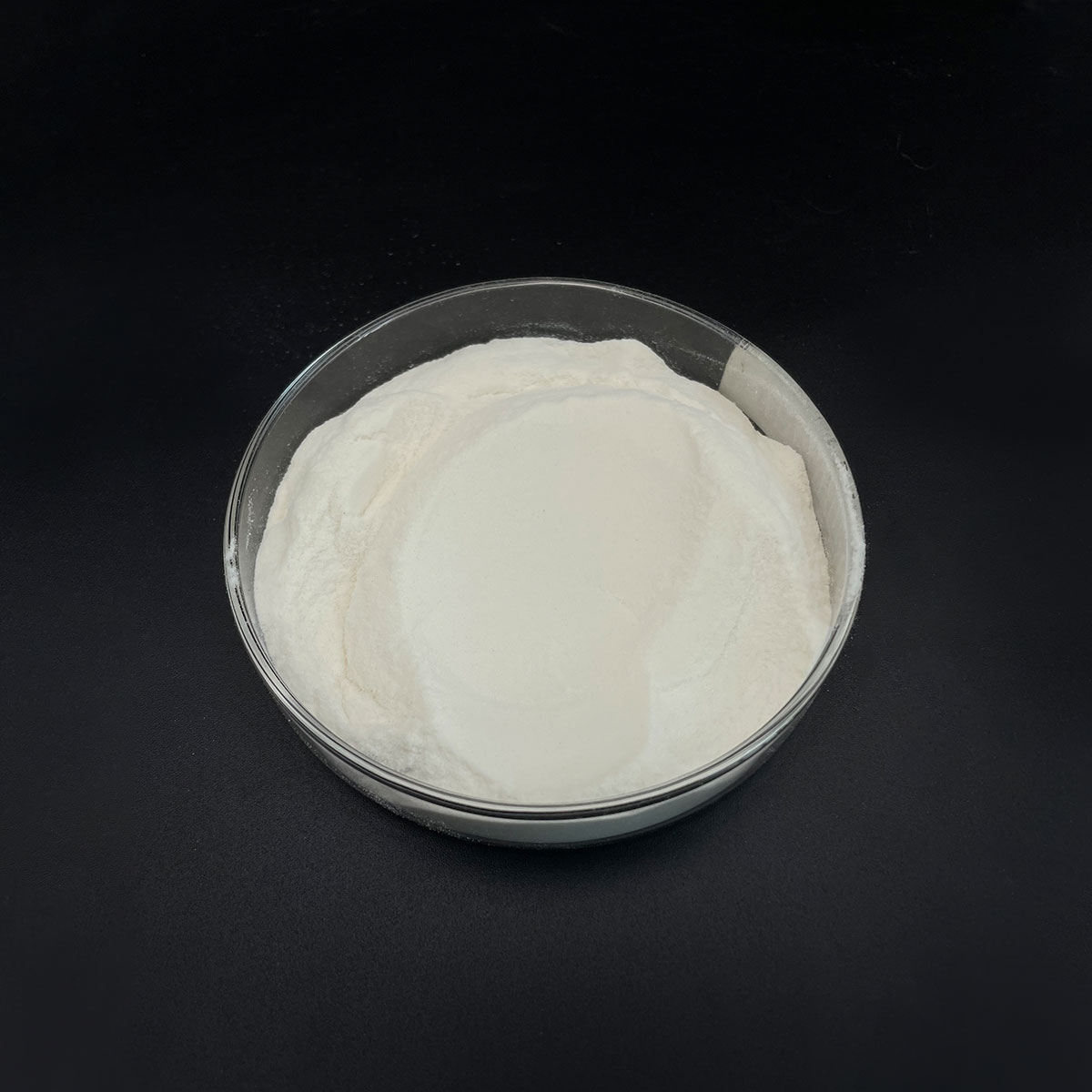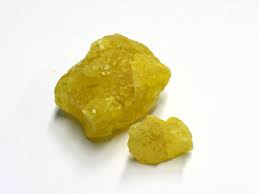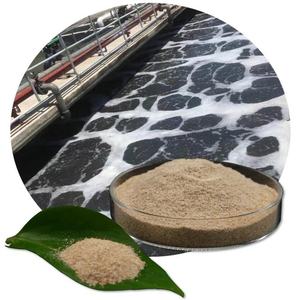Overview of Polyol/Polyether Polyol/Polymer Polyol/Pop for PU Foam
Polymer surfactants, also known as polymeric surfactants or amphiphilic polymers, are high-molecular-weight compounds that combine the properties of traditional low-molecular-weight surfactants with the unique features of polymers. Unlike small molecule surfactants, polymer surfactants offer enhanced stability, improved solubility, and the ability to form more complex structures such as micelles, hydrogels, and vesicles. These macromolecules find applications across a wide range of industries due to their tailored structures and tunable properties, which allow for precise control over interfacial behavior and solution rheology.
Features of Polyol/Polyether Polyol/Polymer Polyol/Pop for PU Foam
-
Molecular Weight and Structure: With a much higher molecular weight, polymer surfactants offer enhanced stability in harsh conditions and over prolonged periods compared to small molecule surfactants.
-
Tunability: The structure of polymer surfactants can be precisely engineered to include different functional groups, monomer sequences, and architectures, allowing for specific interactions and properties.
-
Multifunctionality: Apart from surface activity, they can also provide additional functionalities like thickening, rheology modification, and controlled release capabilities.
-
Self-Assembly: Capable of forming sophisticated self-assembled structures like micelles, hydrogels, and vesicles, which can encapsulate or release active ingredients in a controlled manner.
-
Environmental Compatibility: Many polymer surfactants are designed to be biodegradable and less toxic, making them suitable for eco-friendly applications.
-
Temperature and pH Responsiveness: Some polymer surfactants exhibit responsive behavior to changes in temperature or pH, enabling stimuli-responsive systems.

(Polyol/Polyether Polyol/Polymer Polyol/Pop for PU Foam)
Specification of Polyol/Polyether Polyol/Polymer Polyol/Pop for PU Foam
Polyol, Polyether Polyol, Polymer Polyol, and POP (Polymer Polyol) are important resources used in the production of polyurethane (PU) foams. These materials figure out the foam’s physical properties, refining habits, and end-use efficiency. Below are the crucial requirements and attributes of each:
** Polyol **: Polyols are hydroxyl-terminated polymers that react with isocyanates to create PU. They are identified into polyester and polyether polyols. For PU foam, polyether polyols are more common as a result of their versatility, hydrolytic stability, and cost-effectiveness. Key specs include hydroxyl worth (28– 56 mg KOH/g), viscosity (300– 6,000 mPa · s at 25 ° C), molecular weight (2,000– 6,500 g/mol), and capability (2– 8). Applications vary from versatile foams (cushions, upholstery) to inflexible foams (insulation).
** Polyether Polyol **: A subset of polyols, these are synthesized using ring-opening polymerization of epoxides (e.g., propylene oxide). Requirements focus on hydroxyl number (28– 56 mg KOH/g), water material (

(Polyol/Polyether Polyol/Polymer Polyol/Pop for PU Foam)
Applications of Polyol/Polyether Polyol/Polymer Polyol/Pop for PU Foam
Company Profile
SurfactantChina is a trusted global chemical material supplier & manufacturer with over 12-year-experience in providing super high-quality surfactant and relative products.
The company has a professional technical department and Quality Supervision Department, a well-equipped laboratory, and equipped with advanced testing equipment and after-sales customer service center.
If you are looking for high-quality surfactant and relative products, please feel free to contact us or click on the needed products to send an inquiry.
Payment Methods
L/C, T/T, Western Union, Paypal, Credit Card etc.
Shipment
It could be shipped by sea, by air, or by reveal ASAP as soon as repayment receipt.
5 FAQs of Polyol/Polyether Polyol/Polymer Polyol/Pop for PU Foam
What is the primary function of polyols in PU foam production? Polyols are essential raw materials that react with isocyanates to form polyurethane (PU) foam. They determine the foam’s structure, density, flexibility, and thermal properties. Depending on the type—polyether polyol, polymer polyol, or POP—they influence characteristics like softness, load-bearing capacity, and durability. For example, polyether polyols create flexible foams, while polymer polyols (POP) enhance hardness and support.
How do polyether polyols differ from polymer polyols (POP)? Polyether polyols are synthesized from ethylene or propylene oxides, producing flexible, resilient foams ideal for mattresses and upholstery. Polymer polyols (POP), a subset of polyols, contain dispersed polymer particles (like styrene-acrylonitrile) within the polyol matrix. These particles improve load-bearing and structural stability, making POP ideal for high-resilience foams in automotive seats or furniture requiring firmness.
Why is POP (polymer polyol) preferred for high-density PU foams? POP enhances mechanical properties by integrating rigid polymer particles into the foam matrix. This increases load-bearing capacity, tensile strength, and durability without significantly raising density. It allows manufacturers to achieve firmness and structural integrity in applications like car seats, shoe soles, or industrial padding, where standard polyether polyols alone would lack the required stiffness.
What are the key applications of polyols in PU foam? Polyols are used across industries: flexible PU foam (mattresses, sofas, car seats), rigid foam (insulation panels, refrigeration), and specialty foams (footwear, packaging). Polyether polyols dominate flexible foam markets, while POP is used where high resilience is needed. Rigid foams often rely on specialty polyols for thermal insulation and structural strength.
How should polyols be stored and handled? Polyols are moisture-sensitive and must be stored in airtight containers at 20–30°C, away from humidity and direct sunlight. Prolonged exposure to moisture can cause unwanted reactions during foam production. Always use dry equipment and avoid contamination with water or incompatible chemicals. Shelf life typically ranges from 6–12 months, depending on the formulation and storage conditions.

(Polyol/Polyether Polyol/Polymer Polyol/Pop for PU Foam)





